
…So you began your drawing journey at the beginning of the year with all good intentions…
You had all the very best intentions to claim more ‘me’ time. You promised yourself you would definitely claim your special time to draw. You even showed up at the table a lot more than usual (during the beginning of the year that was.)
Then, as the year moved on, slowly you found yourself drawing less and less. Your beautiful art materials sat there just gathering dust, laying sadly on the table. You walked past time and time again longingly wanting to draw but not actually showing up, or if you did it was barely at all. “Later…” you would say to yourself “later…” as you walked off hoping to get there soon.
What will you do differently in the new year? Are you going to claim this as your year to draw better and more often? You can do it. You can make drawing a regular way of life and develop a regular plan to draw. All you need to do is make that decision. It only takes three weeks to form a habit.
The very best way to learn to draw is to draw! Don’t just think about it, actually pick up your pencil and do it. In this blog post I am sharing my 10 top tips for staying on track with your drawing time this year.
Top 10 Drawing Tips to help you show up at the table more often:
1. Set up your drawing area ready for success!
If you create a comfortable place to draw, with all of your materials set up and ready to go, there is more chance you will show up to draw more regularly. If you have kids who love to draw, set up a table for them as well – or give them a special box of art supplies to set up on the kitchen table when you draw. Here are some suggestions on how to set up your special area for drawing:
A small desk:
This doesn’t have to be huge, just enough room to place a pot of pencils, a drawing book (to rotate at least 360 degrees) with a little bit of elbow-resting room and preferably not wobbly. Ideally, you should be able to tuck your legs under the desk and sit at a height that is comfortable for drawing.
A comfy chair:
Just a simple kitchen chair is fine – anything that is comfortable will work. A great option is an office chair with a gas-lift so that you can adjust the height.
Good lighting:
Make sure that you can clearly see your drawings with plenty of natural daylight during the day if possible. Make sure that you also have good lighting for drawing at night.) Lighting doesn’t have to be anything expensive, just a bright lamp is okay (preferably with an arm that leans over your paper and not in a position to create shadows over your work.) It should light up your work well. A daylight globe works best – not warm light, or it will affect your ability to see your drawings well. Make sure that you keep your glasses prescription updated; its amazing the difference that can be achieved in your drawings with good vision.
A desktop pencil organiser:
Use a tray for coloured pencils and drawing equipment, with a hand towel at the base (to stop your pencils rolling around and to protect the tips from breaking.) Consider also using a desktop tidy or small pot on your desk – to put your graphite drawing pencils and outlining pens into. That way your equipment will always be on hand ready to go at a moment’s desire. You will never have to go hunting for missing equipment again. You can also see when you are getting low on stock and shop for new supplies ahead of time.
2. Write down your biggest most crazy art goal ever!
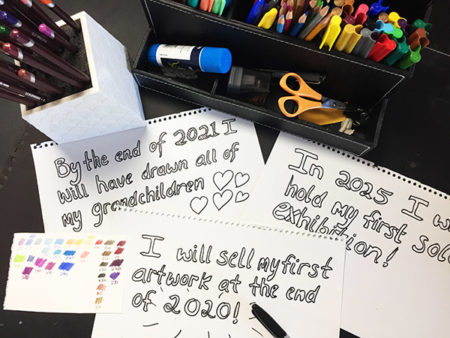
Yes, do that right now. Put in the year or date of when you would love that to have that crazy goal achieved, even if its in 10 years time. So what? At least you know you are drawing for a purpose. What drawing goals do you have? Are there any smaller ones? Write them down too.
3. Keep a pen and note pad handy at all times:
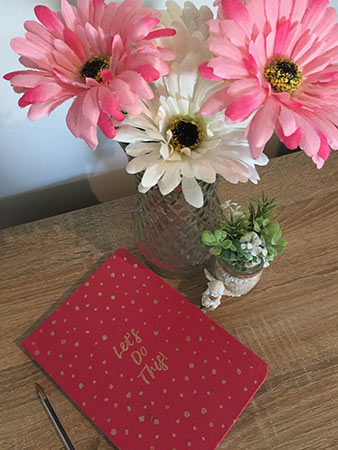
Ideas for drawings come at the craziest and most unexpected times. Don’t wait until you’re at the table to get an idea, instead, you should already have your idea well-formed before you show up at the table. Keep a note pad and pen in your bag and beside your bed (with a tiny torch just in case your ideas come in the early hours.) You need to scribble them down really quickly and write what the scribbles mean. These are called ‘Thumbnail Sketches.’ This process is taught in the final section of the Complete Online Drawing Course (the CO-Composition sections) when you’re learning a 3-stage process for creating totally original art from your imagination.
4. Book your drawing sessions into your weekly schedule:
Get a large sheet of card or a whiteboard and write down your weekly schedule. Create at least two blocks of time for drawing. These might be anything from 15 minutes to 1 or 2 hour blocks (or more.) Create a rough draft on paper first then draw it up larger.
5. Tell your family and loved ones about your schedule:
If you’re in a relationship, tell your partner that you’ll be drawing on that particular day/night (just like you would be committed to a sport or learning to play an instrument, dance classes etc.)
6. If you have to cancel your drawing time re-schedule it:
This is your special time and you need to treat it like that. Drawing should be a big part of your life. Unless you treat your drawing time seriously no one else will.
7. Practice small things away from the table:
Think about what you will be drawing long before you even show up at your art table. If you’re working through your art course, take a quick peek at the beginning of the week to see what you’ll be learning for that week. Practice or do some small doodles relating to the exercise during your lunch hours, on the bus or other small blocks of time.
8. Avoid the nay-sayers:
Don’t let the glass-half-empty people stop you from drawing. Draw even though others are saying negative or destructive things about your drawings or the fact that you are showing up at your table in the first place. Drawing is a gift that you are not only giving yourself but all others around you – because of the happiness and joy that it brings to you. It’s our responsibility to find our own happiness, no one else is going to give it to us.
9. Visit art galleries and exhibitions:
Learning to draw isn’t all about just drawing. Its also about looking, learning and being inspired by other artists. Visit local art galleries and if you have a family, get them involved. Look at artworks together and discuss it with them. Making art galleries a family visit is culturally enriching for kids. As a bonus, you get to enjoy more art too! Aim towards entering your own artwork into a local gallery, group show, and eventually holding your own exhibition. It will be even more exciting.
10. Encourage your partner to draw with you:
If you’re in a relationship and your partner is feeling lonely or left-out when you draw, consider teaching them to draw too! It’s not that hard. You can help each other. Learning to draw is an even more exciting experience when you have lots of loving support, encouragement and admiration from your friends and especially your loved ones. If you aren’t in a relationship and you would love to share this wonderful hobby with others, you might like to join a local art group and meet people who share your common interest.
Summary:
Drawing is such a beautiful and wonderful activity to engage in. If you are one of the many people who are called to draw, sooner or later you will realise that drawing is a part of who you are. It becomes essential to your well-being. You just love to create and you feel so much happier in your whole life… when you remember to just show up at the table – the rest will take care of itself!

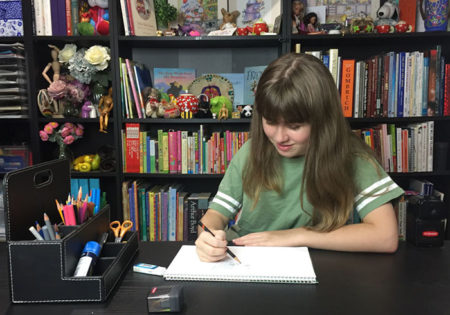
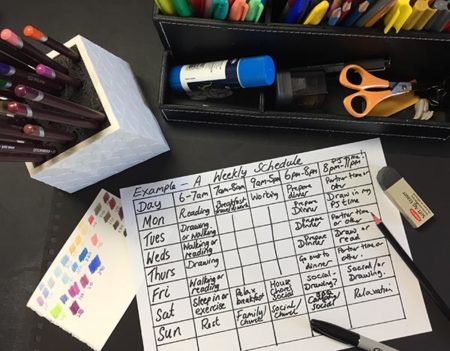



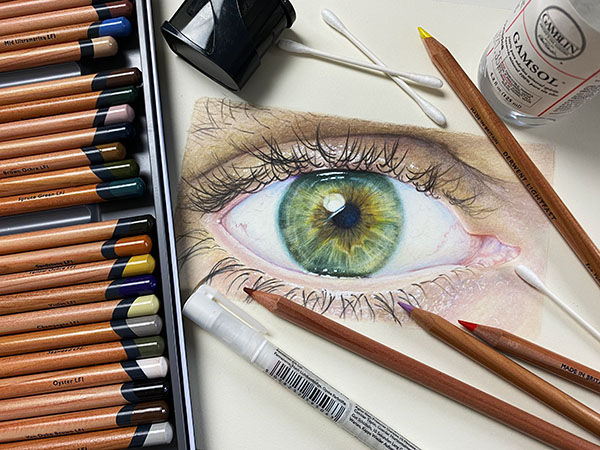



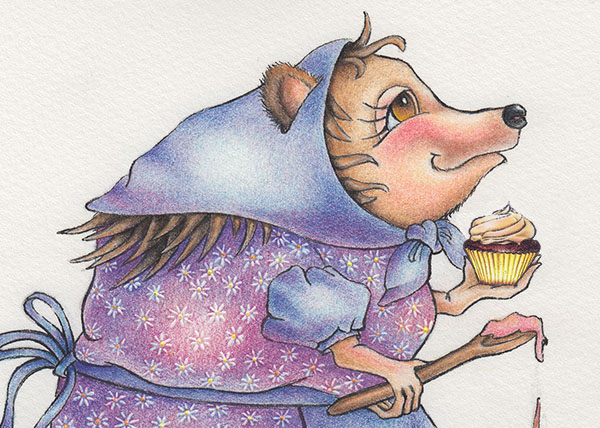
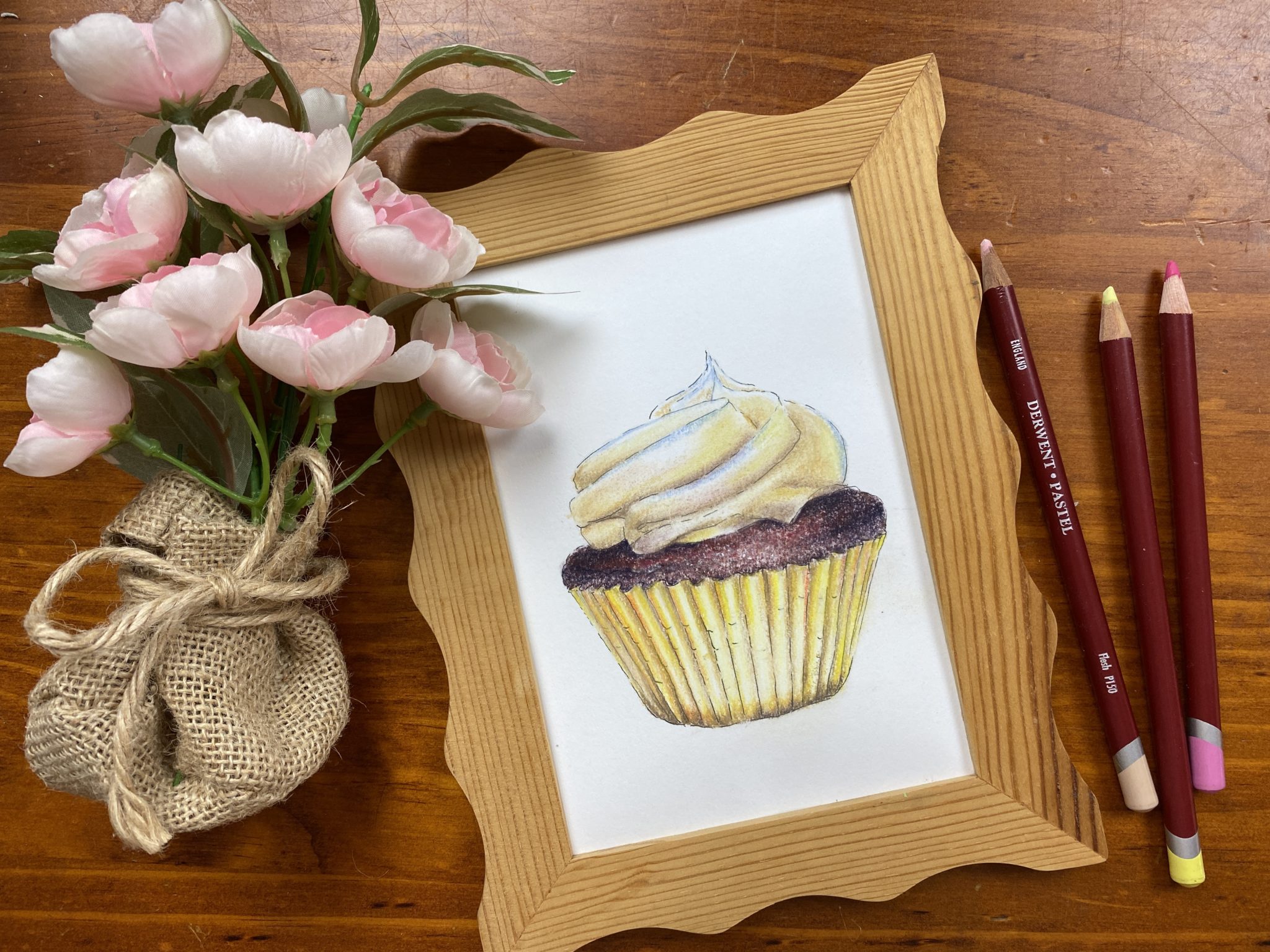
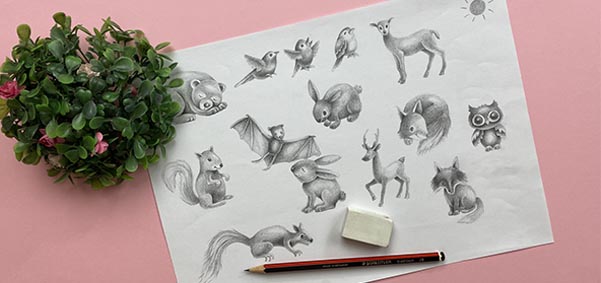
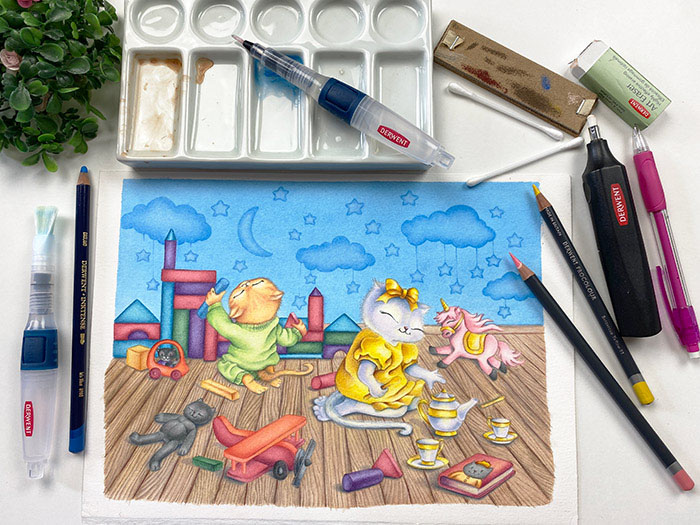

Thank you Cindy. I needed this motivation for 2020
Thanks Shirin, thats great to hear some feedback. All the best for 2020!
Thank you Cindy. I will try to set up my art goal soon.
Well done Malca! Have a great year in 2020!
Thank you Cindy for encouraging me in making a desicion to star drawing. In 2020 I am committed to stay focus and take advantage of the free time I have to dedicate myself to it. 🙏💝🎨📒 I paint but I don’t draw that well.
Its great to know that this has helped you Gladys. Drawing is surprisingly different to painting. If you are one of my members you can share your work into our private facebook group. If not, feel free to email me some of your paintings, I would love to see your work.
Thank you Cindy for your reminder and encouragement.
You were spot on!
Hilary 😘
So glad to hear this helped you Hilary!